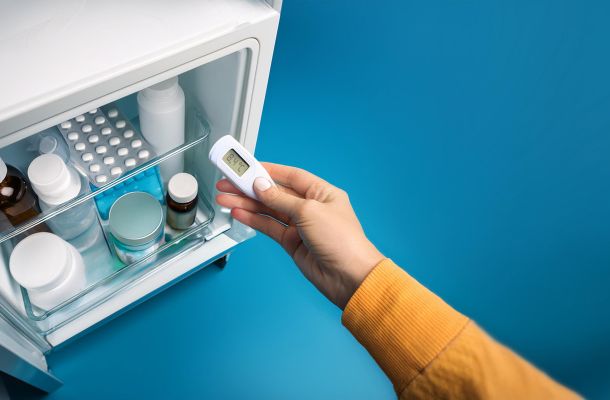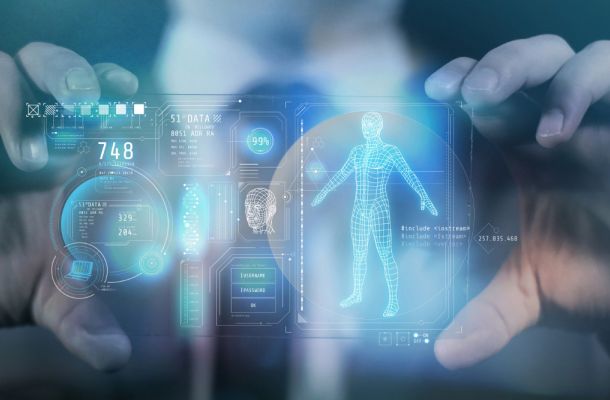Digitalisation in care homes: better quality of life thanks to modern technology
The challenges in care homes for the elderly are manifold: increasing demand for care due to demographic change, persistent staff shortages and high demands on the safety and well-being of residents are just some of the challenges that care facilities have to face on a daily basis. Digitalisation in care homes can help here by offering innovative solutions to optimise work processes, improve care and increase safety. But what specific technologies and approaches are actually available to the care sector?
Advantages of digitalisation in retirement homes
Increasing efficiency
Digital solutions optimise work processes and relieve the burden on care staff by automating routine tasks and digitising care documentation. This enables seamless communication and coordination within the team, which leads to more efficient work processes and fewer errors.
Improving the quality of life
Technologies such as intelligent assistance systems and smart home solutions offer greater convenience and independence. Voice assistants can make everyday life easier and video telephony enables regular contact with family and friends or even doctors, which increases the well-being of residents.
More security
IoT devices and sensors increase safety through immediate notification in the event of accidents and continuous Monitoring the temperature of rooms or medicine cabinets. Fall sensors and temperature sensors help to quickly recognise and react to emergency situations, which increases the sense of security of residents and their relatives.
Possibilities of digitalisation in nursing homes
Digitalisation offers numerous innovative approaches to improving care in retirement homes. Here are some of the most important technologies and their potential applications:
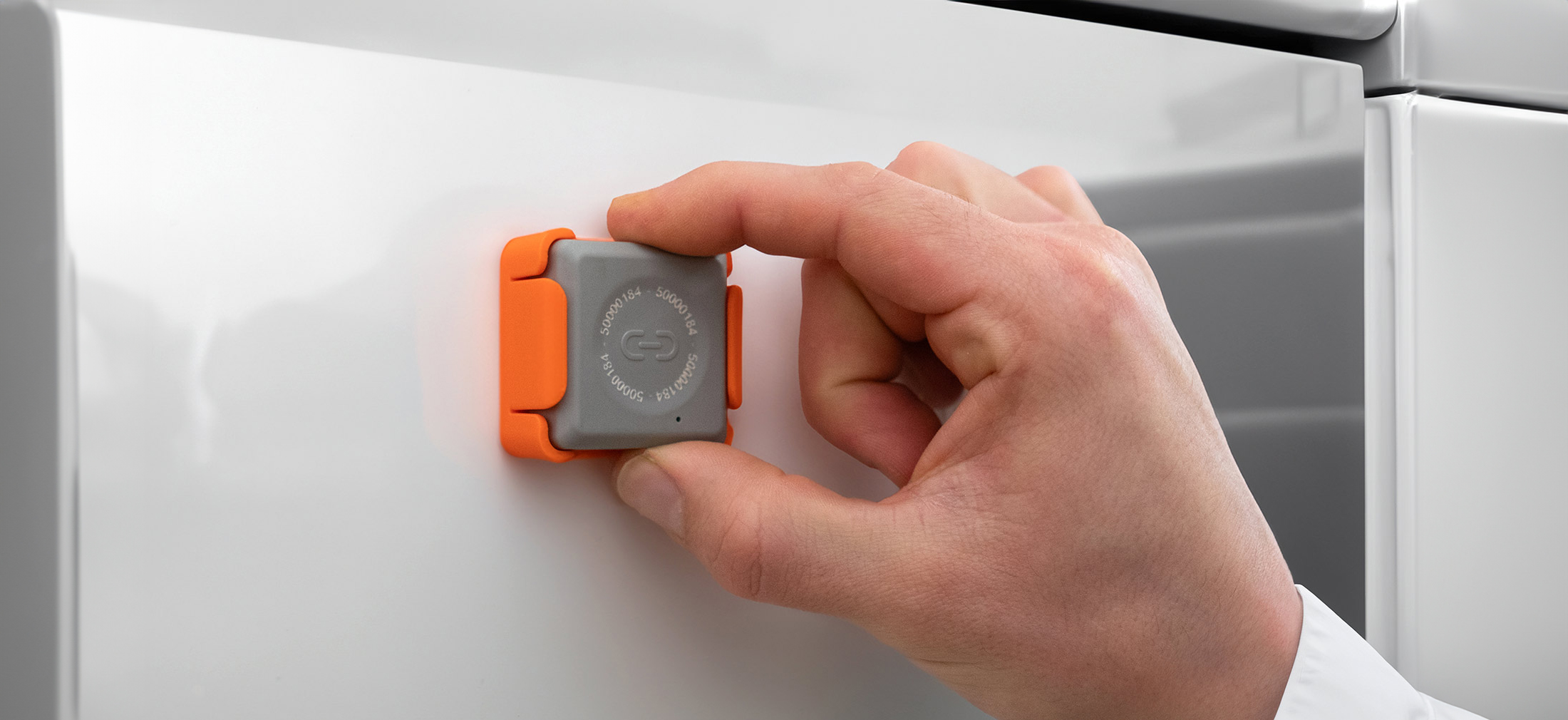
Temperature monitoring & sensors
Through the use of temperature sensors can measure the temperature of medicines, foodstuffs and rooms can be continuously monitored, which is particularly important for the well-being and health of older people. These sensors alert care staff to unusual temperature deviations so that they can react quickly. In addition, sensors can also be used to monitor movement and falls in order to increase the safety of residents.
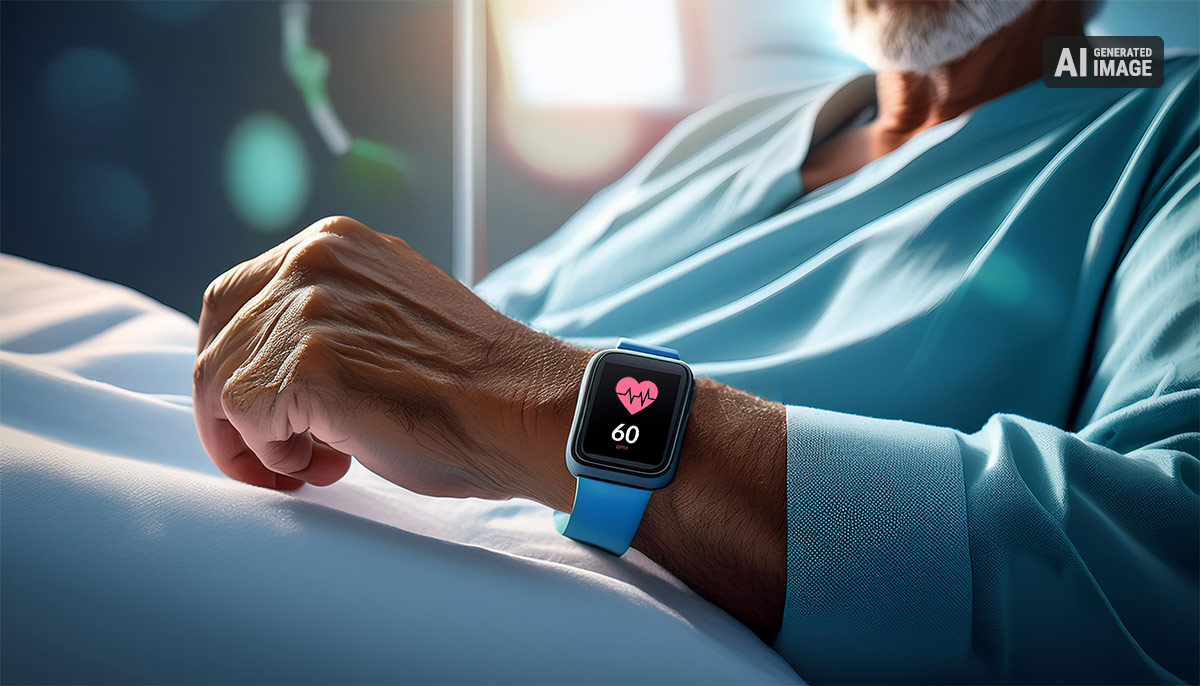
Wearables
Wearable devices such as smartwatches and fitness trackers can monitor important health data such as heart rate, blood pressure and activity levels in real time. This data is transmitted directly to care staff or medical professionals so that they can react quickly to changes in health. Wearables also promote residents' independence by helping them to keep a better eye on their health.
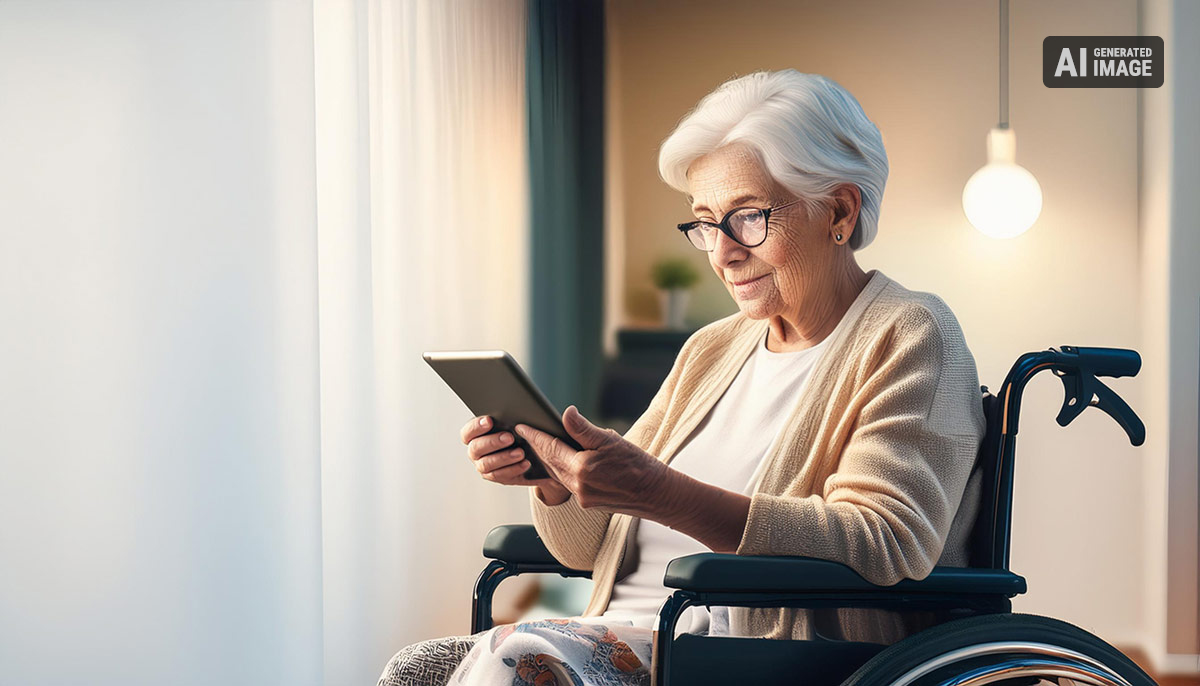
Telemedicine/digital communication
Telemedicine solutions enable residents to attend medical consultations and examinations from the comfort of their care home. This avoids time-consuming and stressful journeys to doctors' surgeries or hospitals. Digital communication platforms also facilitate interaction between residents, carers and relatives.
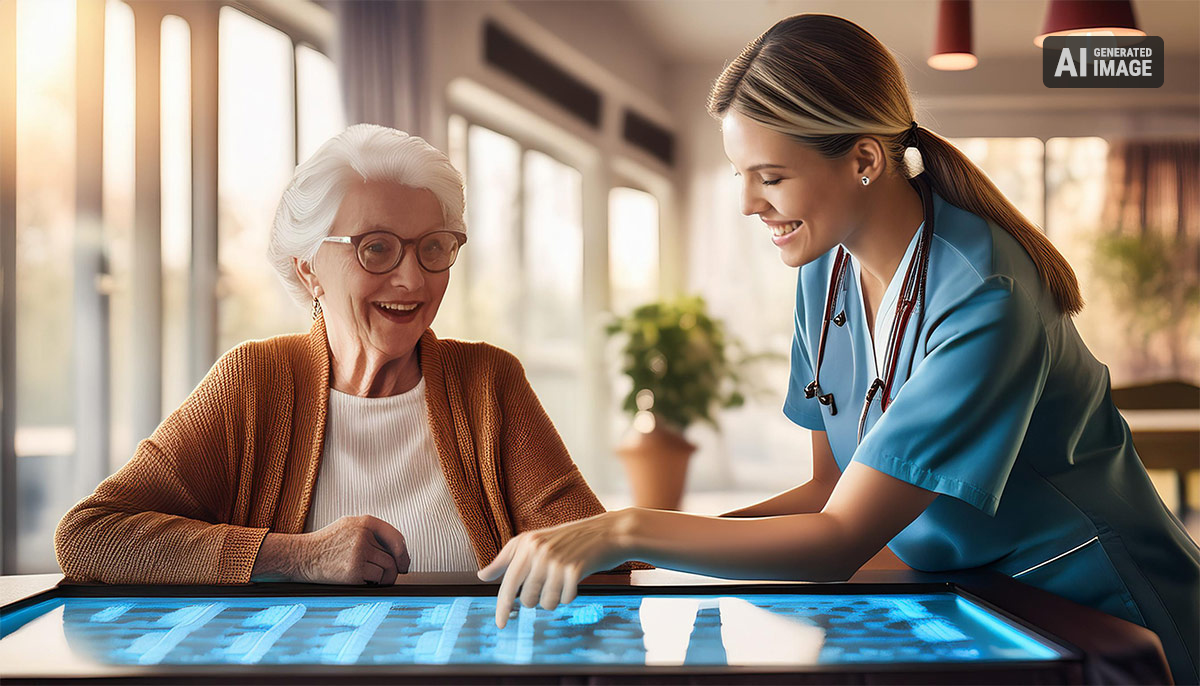
Entertainment and activation
Services such as digital activity tables, virtual walks and online courses help to keep residents mentally and physically active. These technologies not only provide entertainment, but also promote cognitive skills and social interaction. Through access to digital media, residents can also enjoy cultural and educational content, which enhances their quality of life.
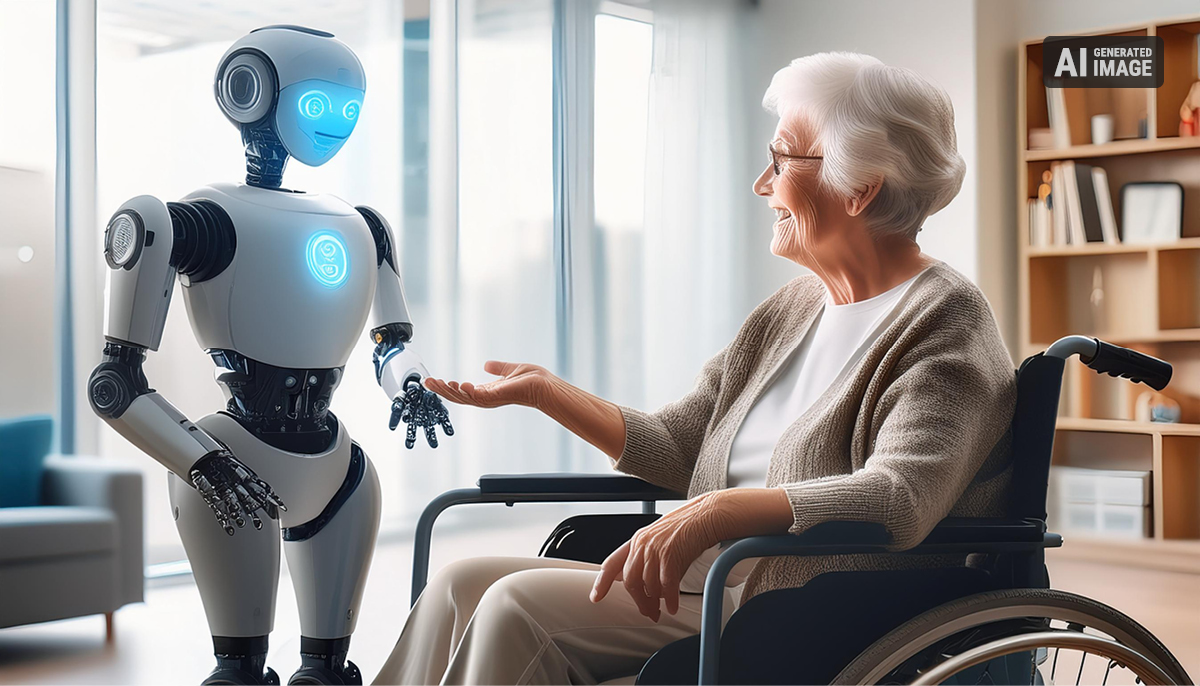
Robotics
Care and assistance robots can support care staff with physically demanding tasks such as lifting and transporting residents. Robots can also perform simple tasks such as distributing medication or serving meals. In addition, social robots can serve as interactive companions that hold conversations and assist with activities, thereby promoting social interaction and the emotional well-being of residents.
Challenges and solutions
In addition to the numerous advantages, digitalisation in care homes also brings with it a number of challenges, which can, however, be overcome quite easily by service partners.
Technological hurdles
Many care facilities are struggling with an outdated infrastructure that is often not optimally equipped for modern technologies - comprehensive Wi-Fi, smartphones and tablets are often not yet available everywhere. Integrating new systems, ensuring the compatibility of devices and guaranteeing a stable and secure internet connection present additional hurdles. However, these challenges can be overcome by working together with experienced Service partners are largely mastered. Such partners offer specialised solutions and comprehensive implementation support to ensure a smooth transition.
Data protection and security
Handling sensitive health data requires special care with regard to data protection and data security. Care homes must ensure that all digital systems comply with legal data protection regulations and that data is stored and transmitted securely. This can be achieved through the use of encryption technologies, regular security checks and staff training on data protection.
Training and acceptance
In order for new technologies to be utilised effectively, training for care staff is essential. Care staff must be trained in the use of new systems and devices in order to fully utilise their potential. In addition, it is important to take measures to promote the acceptance of new technologies among residents. This can be achieved through education about the benefits of the technologies, a gradual introduction and the involvement of residents in the process.
By proactively addressing these challenges, care homes can take full advantage of the benefits of digitalisation while ensuring that the transition to new technologies goes smoothly.
Conclusion
Digitalisation offers care homes great opportunities to improve the quality and efficiency of care. Technologies such as temperature monitoring, wearables, telemedicine, digital communication, entertainment and robotics can increase the safety of residents and reduce the workload of care staff. However, challenges such as technological hurdles, data protection and training requirements should not be underestimated. With targeted solutions and careful planning, however, these challenges can be successfully overcome. Even if it may seem that digitalisation could replace staff, it actually serves to supplement and relieve them. The digitalisation of documentation processes in particular frees up valuable time for staff, which they can use for direct resident care - where it counts most.
